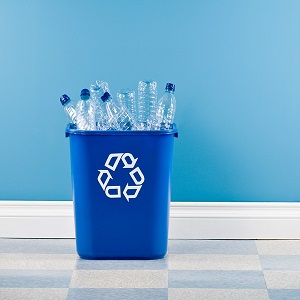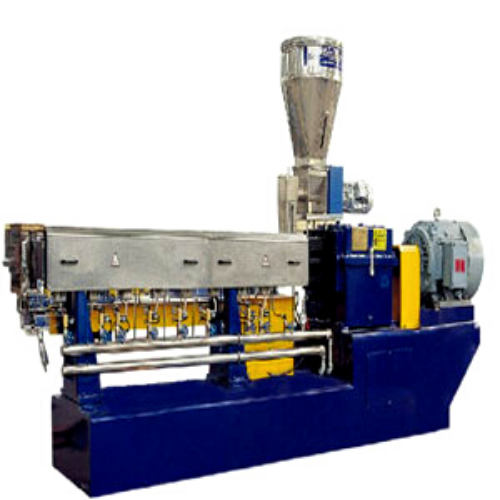Process of Plastic Recycling
The simplest process of plastic recycling involves within the steps of collecting, sorting, shredding, washing, de-watering, drying, extruding, molding and finished new products.
What Plastics Are Recyclable?
• Commonly, there are six sorts of plastics as you\’ll see below also as their typical products:
• PS (Polystyrene) – plastic cutlery, foam hot drink cups, yogurt, and containers.
• PP (Polypropylene) – take-out food containers, ice cream containers, lunch boxes.
• LDPE (Low-density polyethylene) – bags and garbage bins
• PVC (Plasticised PVC or polyvinyl chloride)— squeeze bottles juice or cordial.
• HDPE (High-density polyethylene) – milk bottles or shampoo containers.
• PET (Polyethylene terephthalate) – soft drink bottles and fruit juice.
Urgent Demand for Recycling Waste Plastic
Plastics are durable, lightweight and cheap materials, and that they are often widely applied to mold into various products. Every year, more than 100 million plenty of plastics are manufactured across the world . Around 200 billion pounds of latest plastic materials is thermoformed, foamed, laminated and expelled into many packages and products. Consequently, it\’s of great importance to reuse and recycle plastics.
Other undeniable benefits from recycled plastic include:
• Lighter material
• Easier, quicker installation
• Lower carbon footprint
Additional advantages for protection from reused plastics include:
• Easy installation
• Durability
• Long-term energy savings
• Longer lifetime
• Surplus of production material
• Same insulation quality as regular plastics
• Longevity (can be exposed to several weather elements without rotting)
• Durability
• Easy to clean
• Quiet and warm
• Affordable[/vc_column_text][/vc_column][/vc_row]



